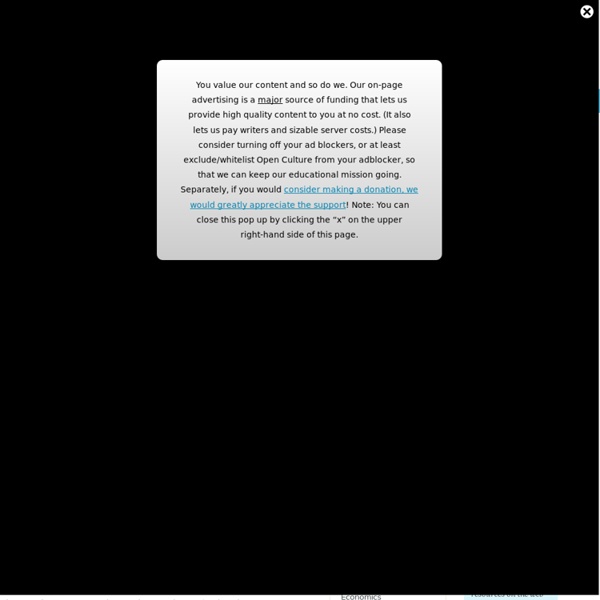The Metropolitan Museum of Art Puts 400,000 High-Res Images Online & Makes Them Free to Use

Banco de fotos e imágenes gratis de uso libre. Fotografias sin Copyright
Life Of Pix - Free Stock Photos & Images - Photography
Vintage and Modern Free Public Domain Images Archive Download - Public Domain Images | Free Stock Photos
MakeMeBabies
Luxand Technologies Help Couples Generate Pictures of Their Babies Couples spend hours discussing what their baby would look like. Will the baby look more like her mom or dad? Baby Morphing, a new technology developed by Luxand, helps parents, couples and friends to see what their baby would look like based on their pictures alone. Who and Why Uses Baby Morphing Family-oriented Web sites can offer couples a free peek into the future of a family, allowing them to see how their baby would look like. Technology Background The Baby Morphing technology revolutionizes the way in which baby’s pictures are generated. Baby Morphing always provides results of the highest quality regardless of the quality of the parents’ pictures. Go to Luxand.com We recommend IT-Summa high load web development
everystockphoto - searching free photos
Public Domain Images - Public Domain Images | Free Stock Photos
Winter Mountain Glacier Grey Blue by Publicdomainarchive | Jan 7, 2017 | Free Stock Photos Click the link below to download the Free Stock Photo of Winter Mountain Glacier Grey Blue... Hamburg Germany Canal Night Time Romantic Sunset Click the link below to download the Free Stock Photo of Hamburg Germany Water Canal Night Time Romantic Sunset... Girl Bathing In A Waterfall Click the link below to download the Free Stock Photo of a Girl Bathing In A Waterfall... Camera Drone Phantom 3 Advance Click the link below to download the Free Stock Photo of a Camera Drone Phantom 3 Advance... Public Domain Images – Winter White Snow Trees
Gallery - Life of Pix
Life Of Pix is a community who shares free high-resolution photos with no Copyrights restrictions. Photos are for personal & commercial use. We post new photographies every week ! All images are donated to the public domain by our community. Register to Life of Pix Log in to Life of Pix Forgot your password ? Forgot your password? Uploading in progress . . . Life of Pix galleries Architecture 119 photos Urban 8 photos $ Adobe Stock Textures 82 photos Sea 117 photos People 167 photos Object 211 photos Food 51 photos City 263 photos Black & White 94 photos Beach 68 photos Animals 76 photos Desk 16 photos Nature 35 photos
Portfolio - The Awesome Version
Coroflot — Design Jobs & Portfolios
Showcase YourPortfolio on our Website's Gallery | SHOWND.com
Related:
Related:



